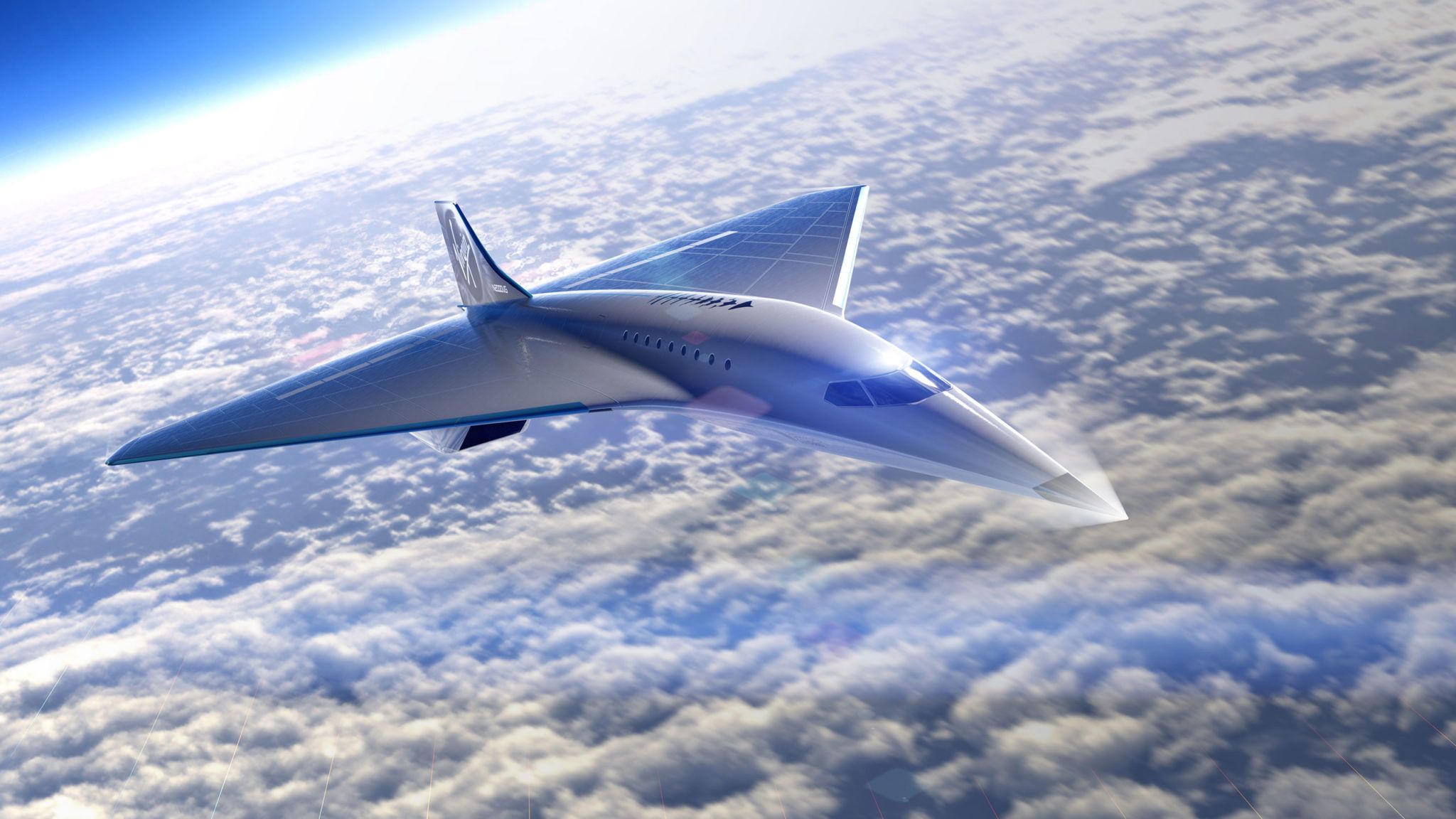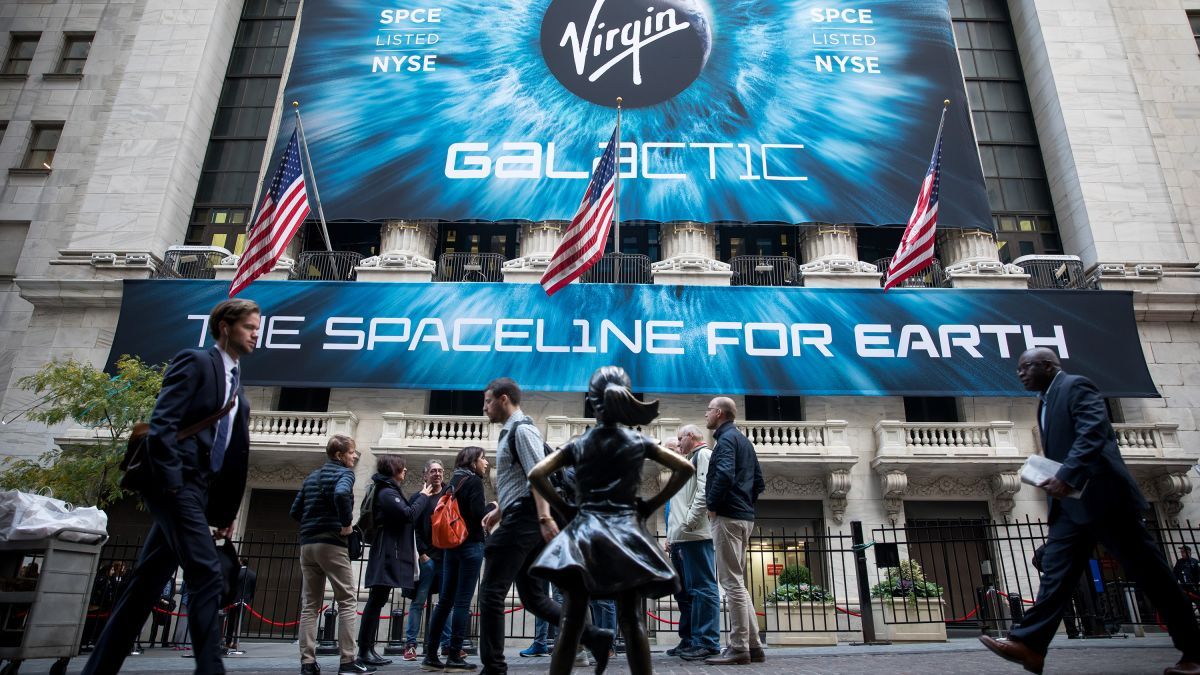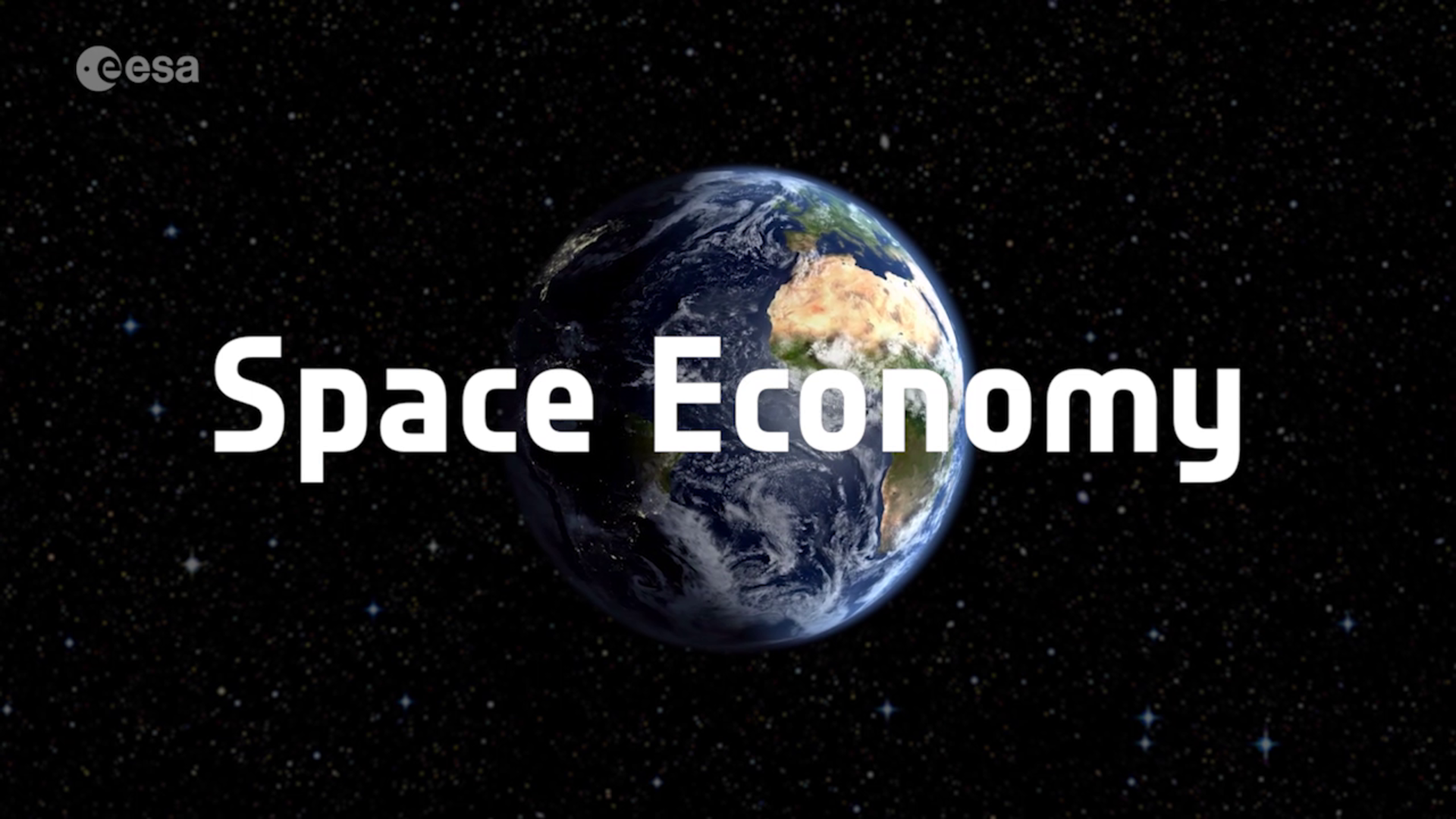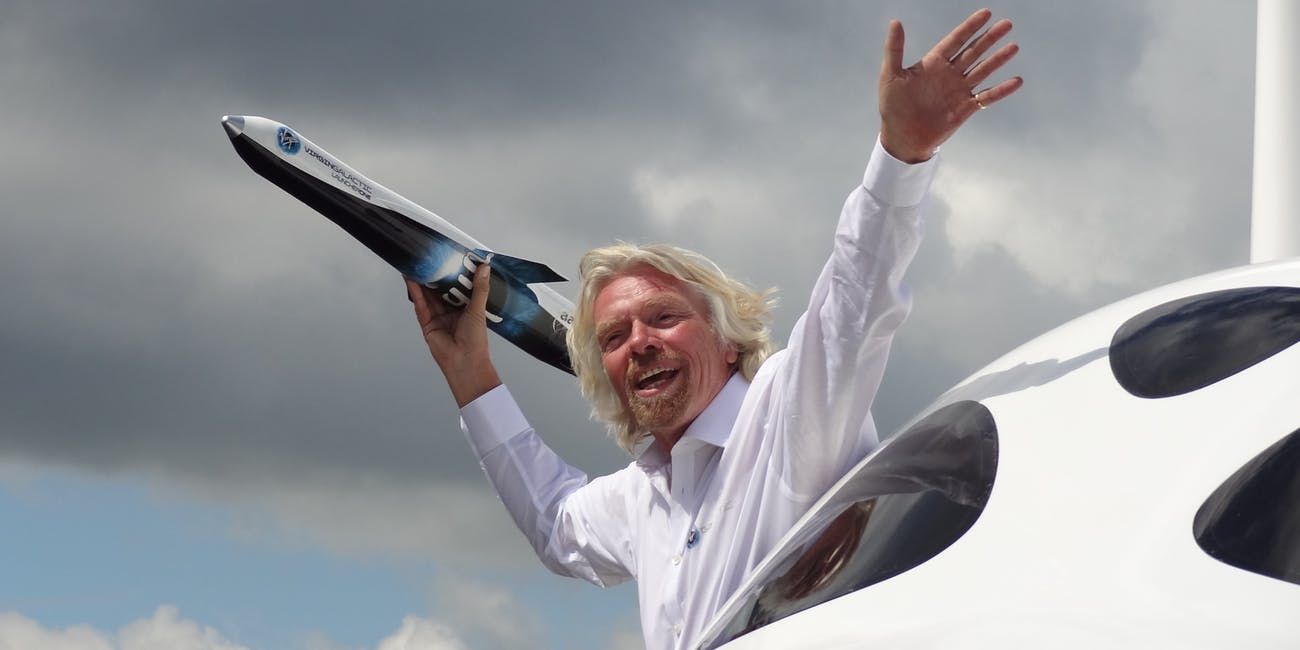Successful Space Flight for Richard Branson and Virgin Galactic
Article by William Harwood July 12, 2021 (spaceflightnow.com)
• On Sunday July 11th at 8:40 a.m. local time at the Virgin Galactic’s ‘Spaceport America’ launch site near Truth or Consequences, New Mexico, Virgin Galactic owner Richard Branson and five crewmates rocketed into space on a sub-orbital test flight intended to demonstrate his company’s air-launched spaceplane is ready for paying customers at $250,000 or more per seat, in early 2022.
• Virgin’s twin-fuselage carrier jet lifted away with the ‘VSS Unity’ rocket-powered spaceplane bolted under its wing. At about 45,000 feet the Virgin mothership, VMS Eve, disengaged the spaceplane. The Unity spaceplane then soared to an altitude just above 50 miles, giving Branson and crew about three minutes of weightlessness and spectacular views of Earth before plunging back into the atmosphere in a spiraling descent to touchdown again back at the New Mexico launch site.
• “I have dreamt of this moment since I was a kid but honestly, nothing could prepare you for the view of Earth from space,” Branson, 70, said after landing. “It was just magical. … I’m just taking it all in, it’s unreal.”
• The flight upstaged Amazon founder Jeff Bezos, who plans a sub-orbital spaceflight of his own aboard Blue Origin’s New Shepard spacecraft on July 2th as the two companies compete for passengers in the emerging commercial space marketplace. Bezos complimented Branson and his team, posting a note on Instagram saying “congratulations on the flight. Can’t wait to join the club!”
• Joining Branson aboard Unity were pilots David Mackay and Michael Masucci, along with Virgin astronaut trainer Beth Moses, flight engineer Colin Bennett and Sirisha Bandla, the company’s vice president of government relations. Mackay and Masucci, both veterans of earlier test flights to space, ignited Unity’s hybrid rocket motor and piloted the spaceplane pitched up onto a near-vertical trajectory. Burning rubberized solid propellant with liquid nitrous oxide, Unity’s hybrid motor fired for about one minute, accelerating the craft to about three times the speed of sound before shutting down.
• As the spaceplane rose upward, Branson and company had a chance to briefly unstrap, float about the cabin and marvel at the spectacular view as Unity reached its maximum altitude of 53.5 miles — three-and-a-half miles above what NASA and the FAA consider the “boundary” of space where the atmosphere is so thin that wings, rudders and other aerodynamic surfaces no longer have any effect. Live video from inside the spacecraft showed Branson and his crewmates floating free of their seats and enjoying the sensation of weightlessness and the out-of-this-world view. (see 3:12 minute video below)
• “To all you kids down there, I was once a child with a dream looking up to the stars,” Branson said while his crewmates floated weighlessly in the background. “Now I’m an adult, in a spaceship with lots of other wonderful adults, looking down to our beautiful, beautiful Earth. To the next generation of dreamers: If we can do this, just imagine what you can do!”
• A few moments later, the spacecraft then began the long plunge back to Earth. The pilots guided the spaceplane through a spiraling descent, lined up on Spaceport America’s 12,000-foot-long runway and settled to a picture-perfect landing, closing out a flight that lasted 59 minutes from takeoff to touchdown.
• Sunday’s launch marked Unity’s 22nd test flight, its fourth trip to space, Virgin’s first with a six-person crew on board and the first for Branson, who beat Bezos into space by nine days. Branson effectively blindsided Bezos, scheduling Sunday’s flight just ahead of the Amazon founder’s, which had already been announced. But Branson insisted again Sunday that he doesn’t view the competition as a “race” for space. “I’ve said this so many times, it really wasn’t a race,” Branson said. “We’re just delighted that everything went so fantastically well. We wish Jeff the absolute best and the people who are going up with him during his flight.”

Virgin Galactic owner Richard Branson rocketed into space Sunday, an edge-of-the-

seat sub-orbital test flight intended to demonstrate his company’s air-launched spaceplane is ready for passengers who can afford the ultimate thrill ride.
And it appeared to do just that, zooming to an altitude just above 50 miles and giving Branson and his five crewmates about three minutes of weightlessness and spectacular views of Earth before plunging back into the atmosphere for a spiraling descent to touchdown at Virgin’s New Mexico launch site.

“I have dreamt of this moment since I was a kid but honestly, nothing could prepare you for the view of Earth from space,” Branson, 70, said after landing, at a rare loss for words. “It was just magical. … I’m just taking it all in, it’s unreal.”
for words. “It was just magical. … I’m just taking it all in, it’s unreal.”
The flight effectively upstaged Amazon founder Jeff Bezos, who plans a sub-orbital spaceflight of his own aboard Blue Origin’s New Shepard spacecraft on July 20 as the two companies compete for passengers in the emerging commercial space marketplace.
Bezos complimented Branson and his team after landing, posting a note to Instagram saying “congratulations on the flight. Can’t wait to join the club!”

Branson’s trip began in dramatic fashion as Virgin’s twin-fuselage carrier jet — with the VSS Unity rocket-powered spaceplane bolted under its wing — lifted away from the company’s Spaceport America launch site near Truth or Consequences, New

Mexico, at 8:40 a.m. local time (10:40 a.m. EDT).
Joining the globe-trotting billionaire aboard Unity were pilots David Mackay and Michael Masucci, along with Virgin astronaut trainer Beth Moses, flight engineer Colin Bennett and Sirisha Bandla, the company’s vice president of government relations.
With a throng of reporters and a global audience following along on YouTube and across Virgin’s social media channels, the Virgin mothership VMS Eve slowly climbed to an altitude of about 45,000 feet and then, after a final round of safety checks, released Unity high above the New Mexico desert.
3:12 minute video of Richard Branson and crews’ excursion into space (‘Virgin Galactic’ YouTube)
FAIR USE NOTICE: This page contains copyrighted material the use of which has not been specifically authorized by the copyright owner. ExoNews.org distributes this material for the purpose of news reporting, educational research, comment and criticism, constituting Fair Use under 17 U.S.C § 107. Please contact the Editor at ExoNews with any copyright issue.
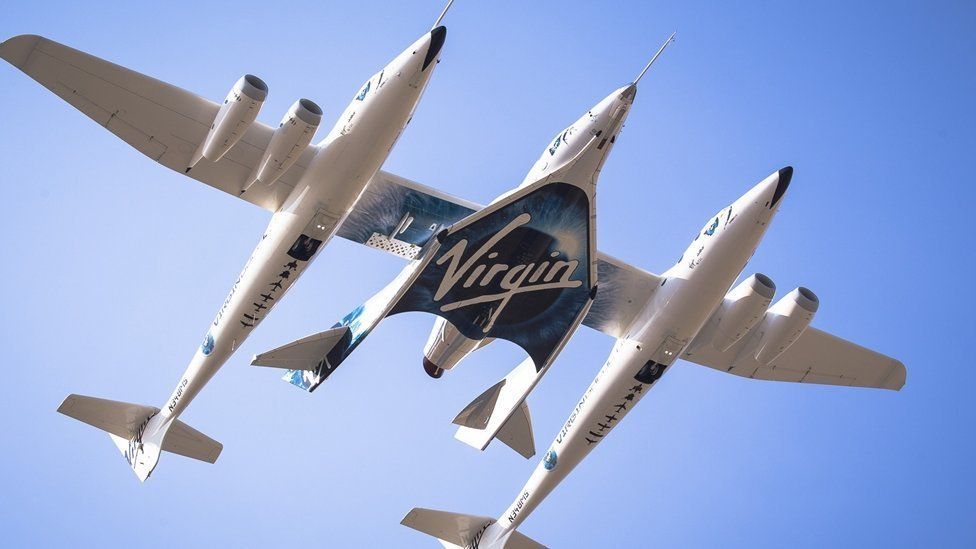
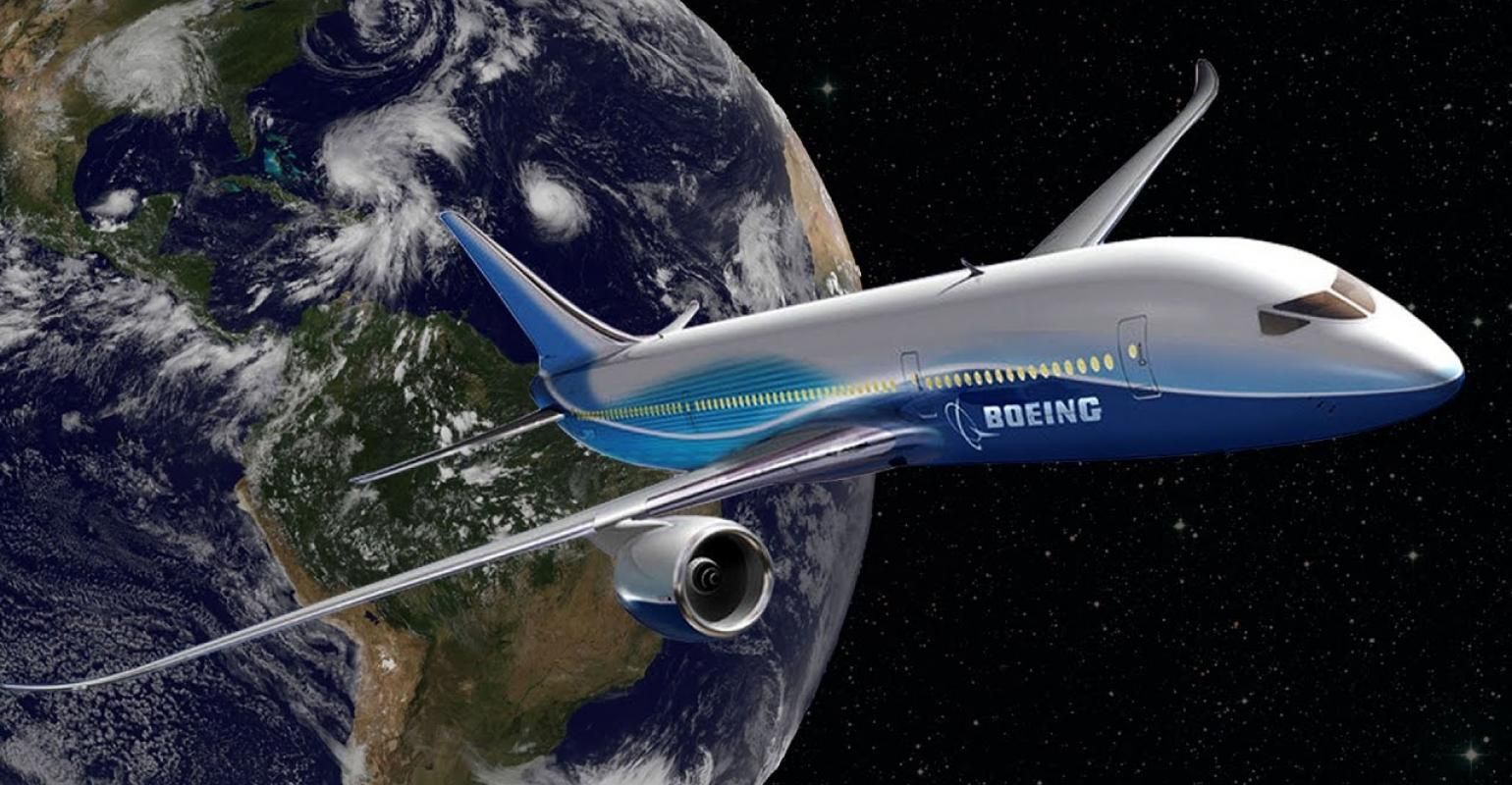



 called “Millennium Space Systems, A Boeing Company” and Millennium’s Founder/ Former CEO is a gentleman named Stan Dubyn.
called “Millennium Space Systems, A Boeing Company” and Millennium’s Founder/ Former CEO is a gentleman named Stan Dubyn.
